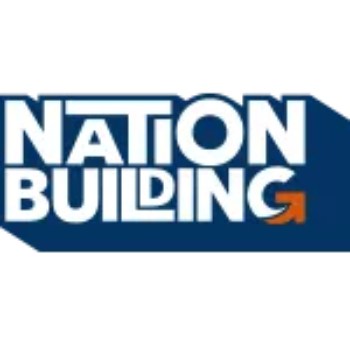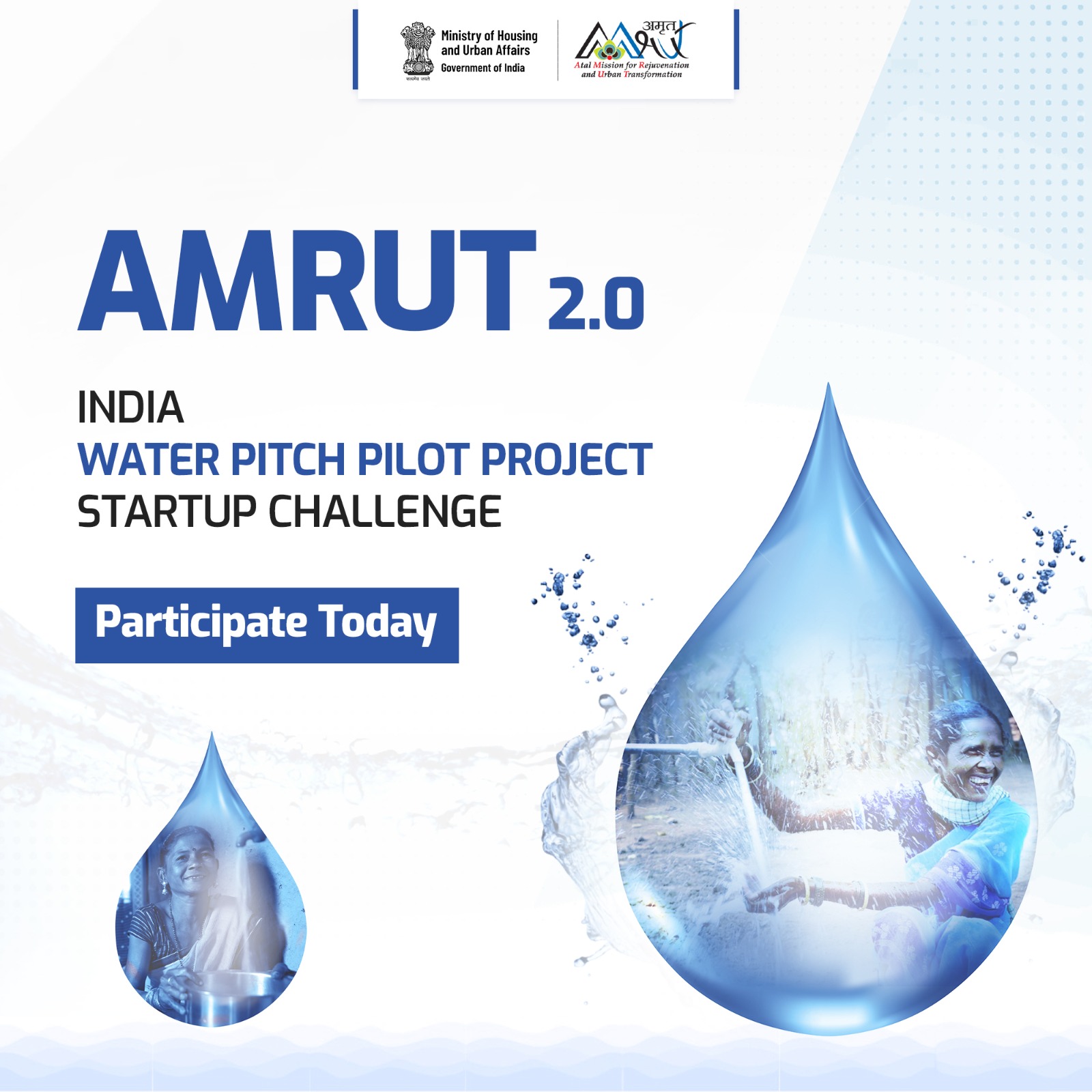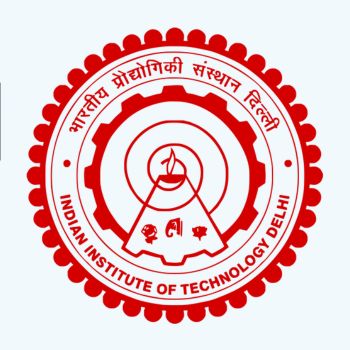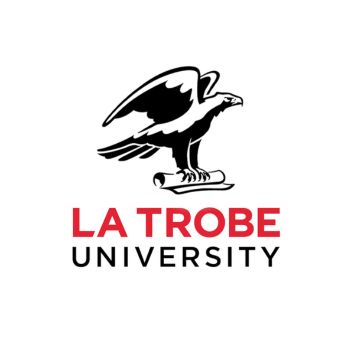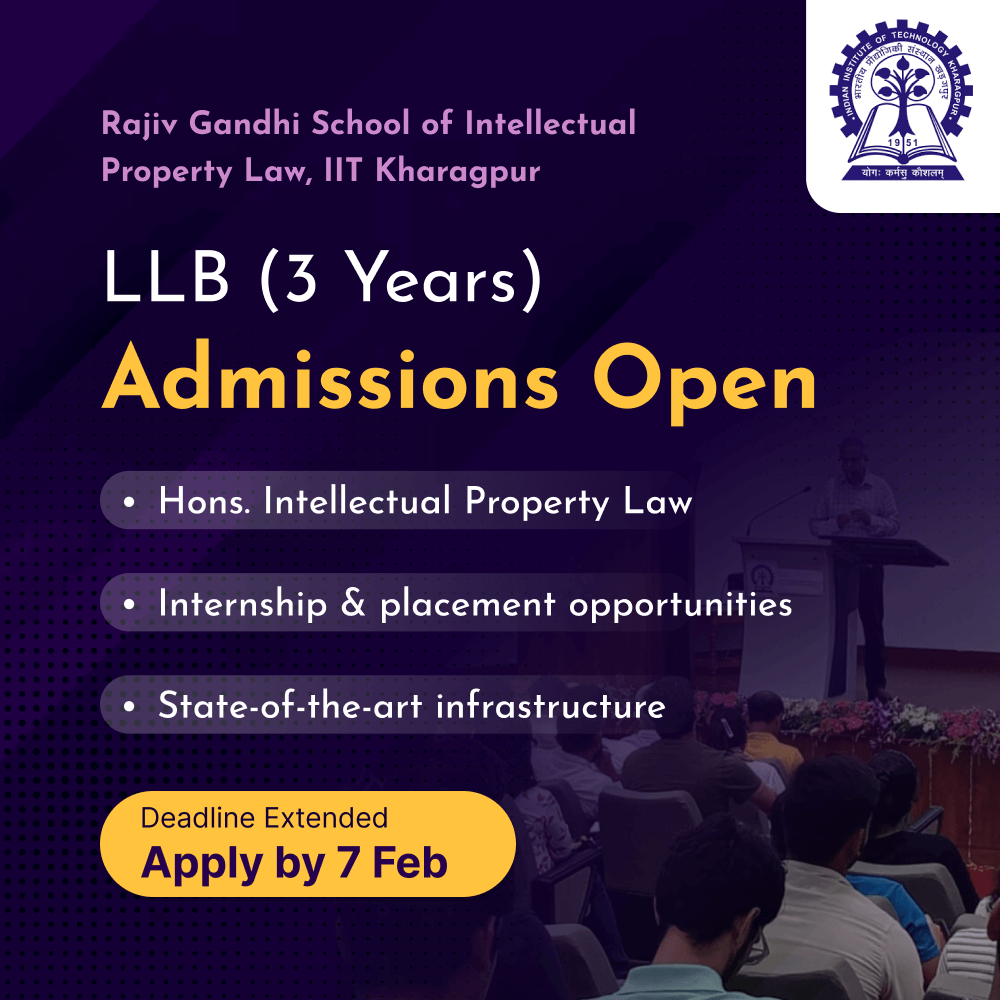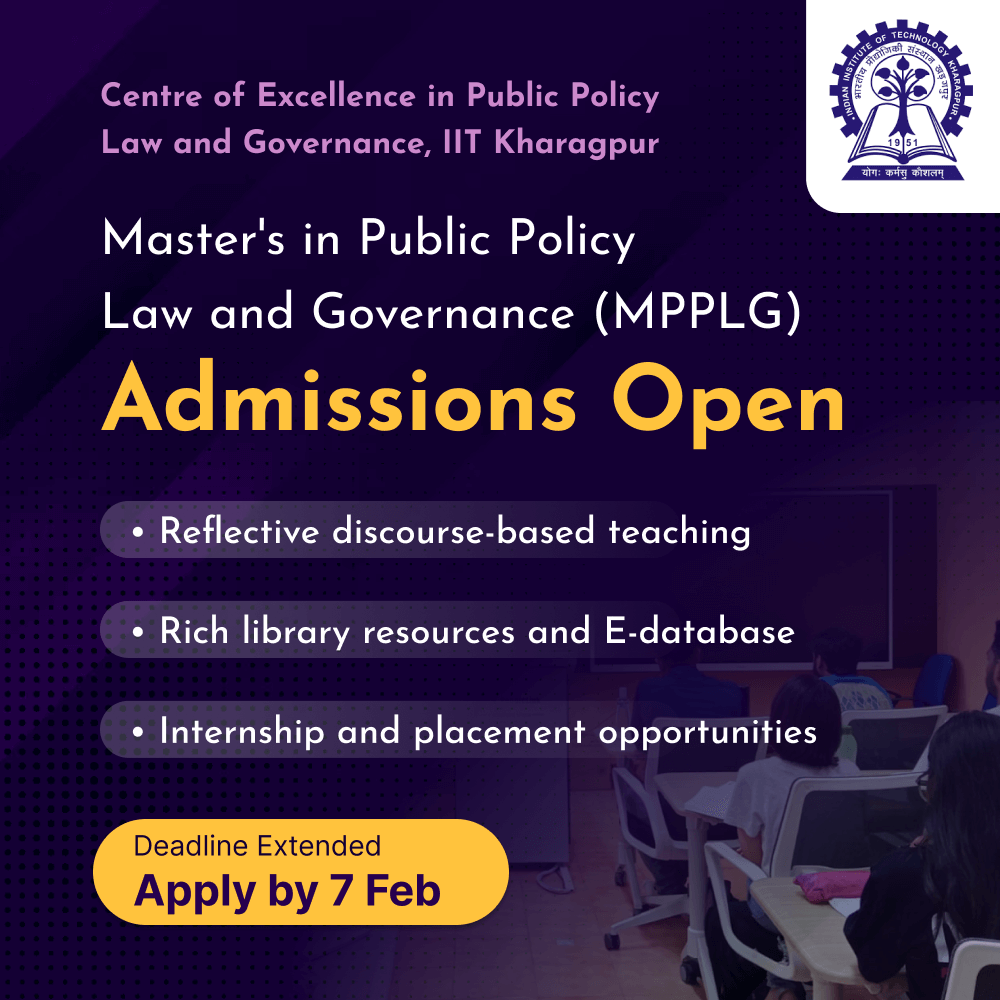Are you a computer science student looking for Top Computer Science Books for IT Aspirants? Then this post is for you only with all details.
List of 21 Top Computer Science Books for IT Aspirants
1. Introduction to Algorithms
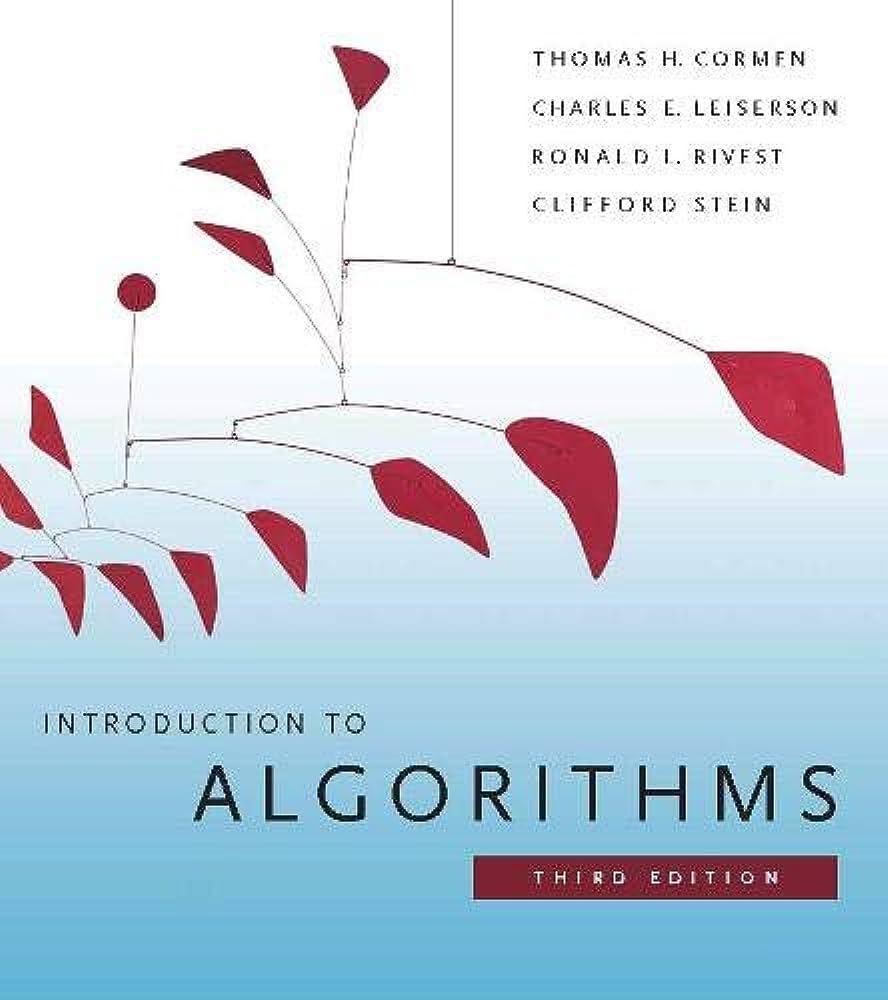
The latest edition of the essential text and professional reference, with substantial new material on such topics as vEB trees, multithreaded algorithms, dynamic programming, and edge-based flow.
Some books on algorithms are rigorous but incomplete; others cover masses of material but lack rigor. Introduction to Algorithms uniquely combines rigor and comprehensiveness. The book covers a broad range of algorithms in depth, yet makes their design and analysis accessible to all levels of readers. Each chapter is relatively self-contained and can be used as a unit of study.
The algorithms are described in English and in a pseudocode designed to be readable by anyone who has done a little programming. The explanations have been kept elementary without sacrificing depth of coverage or mathematical rigor.
- Author: Thomas H. Cormen, Charles E. Leiserson, Ronald L. Rivest, Clifford Stein
- Buy here: Click here to buy now!
2. Code Complete

Widely considered one of the best practical guides to programming, Steve McConnell’s original code complete has been helping developers write better software for more than a decade. Now this classic book has been fully updated and revised with leading-edge practices—and hundreds of new code samples—illustrating the art and science of software construction.
Capturing the body of knowledge available from research, academia, and everyday commercial practice, McConnell synthesizes the most effective techniques and must-know principles into clear, pragmatic guidance. No matter what your experience level, development environment, or project size, this book will inform and stimulate your thinking—and help you build the highest quality code.
Discover the timeless techniques and strategies that help you:
- Design for minimum complexity and maximum creativity
- Reap the benefits of collaborative development
- Apply defensive programming techniques to reduce and flush out errors
- Exploit opportunities to refactor—or evolve—code, and do it safely
- Use construction practices that are right-weight for your project
- Debug problems quickly and effectively
- Resolve critical construction issues early and correctly
- Build quality into the beginning, middle, and end of your project .
- Author: by Steve McConnell
- Buy: Click here to buy now.
3. Operating System Concepts

Small footprint operating systems, such as those driving the handheld devices that the baby dinosaurs are using on the cover, are just one of the cutting-edge applications you’ll find in Silberschatz, Galvin, and Gagne’s Operating System Concepts, Seventh Edition.
- Author: by Abraham Silberschatz, Peter B. Galvin, Greg Gagne
- Buy: Click here to buy now.
4. Code: The Hidden Language of Computer Hardware and Software

Code: The Hidden Language of Computer Hardware and Software is a book by Charles Petzold that seeks to teach how personal computers work at a hardware and software level.
What do flashlights, the British invasion, black cats, and seesaws have to do with computers? In CODE, they show us the ingenious ways we manipulate language and invent new means of communicating with each other. And through CODE, we see how this ingenuity and our very human compulsion to communicate have driven the technological innovations of the past two centuries.
- Author: Petzold Charles
- Buy: Click here to buy now.
5. The C Programming Language- 2nd Edition
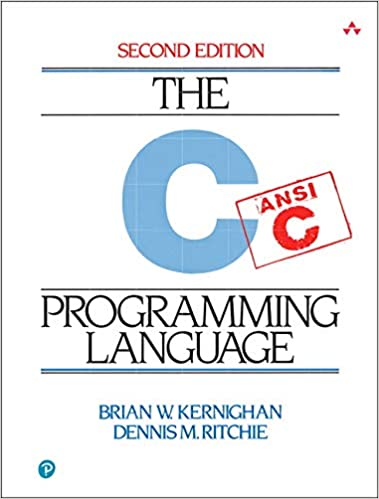
The seminal guide to the C programming language, which was created by Dennis Ritchie. This manual, the first on C to be widely available, helped to develop and popularize the language. Considered by some a model for technical writing generally, it went on to influence the style of successive programming manuals beyond C.
- Author: Brian W. Kernighan, Dennis M. Ritchie
- Buy: Click here to buy now
6. Algorithms to Live By: The Computer Science of Human Decisions
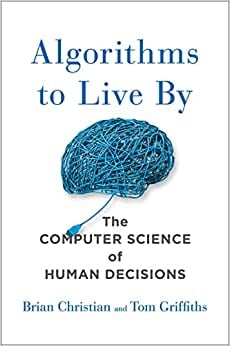
An exploration of how computer algorithms can be applied to our everyday lives to solve common decision-making problems and illuminate the workings of the human mind. What should we do, or leave undone, in a day or a lifetime? How much messiness should we accept? What balance of the new and familiar is the most fulfilling? These may seem like uniquely human quandaries, but they are not.
Computers, like us, confront limited space and time, so computer scientists have been grappling with similar problems for decades. And the solutions they’ve found have much to teach us.In a dazzlingly interdisciplinary work, Brian Christian and Tom Griffiths show how algorithms developed for computers also untangle very human questions.
They explain how to have better hunches and when to leave things to chance, how to deal with overwhelming choices and how best to connect with others. From finding a spouse to finding a parking spot, from organizing one’s inbox to peering into the future, Algorithms to Live By transforms the wisdom of computer science into strategies for human living.
- Author: Brian Christian, Tom Griffiths
- Buy: Click here to buy now.
7. Compilers: Principles, Techniques and Tools
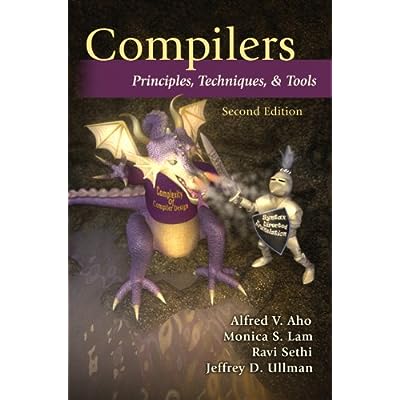
Compilers: Principles, Techniques and Tools, known to professors, students, and developers worldwide as the “Dragon Book,” is available in a new edition. Every chapter has been completely revised to reflect developments in software engineering, programming languages, and computer architecture that have occurred since 1986, when the last edition published.
The authors, recognizing that few readers will ever go on to construct a compiler, retain their focus on the broader set of problems faced in software design and software development.
- Author: Alfred Aho, Jeffrey Ullman, Ravi Sethi, Monica Lam
- Buy: Click here to buy.
8. Introduction to Automata Theory, Languages, and Computation
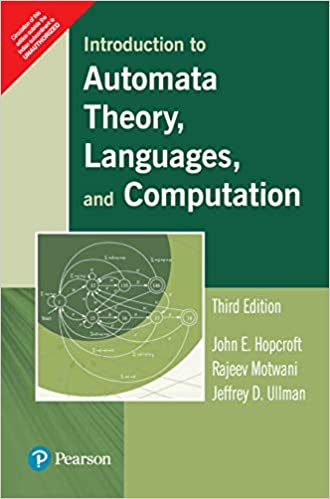
This classic book on formal languages, automata theory and computational complexity has been updated to present theoretical concepts in a concise and straightforward manner with the increase of hands-on, practical applications.
This new edition comes with Gradiance, an online assessment tool developed for computer science. Gradiance is the most advanced online assessment tool developed for the computer science discipline.
With its innovative underlying technology, Gradiance turns basic homework assignments and programming labs into an interactive learning experience for students. By using a series of “root questions” and hints, it not only tests a student’s capability, but actually simulates a one-on-one teacher-student tutorial that allows for the student to more easily learn the material.
Through the programming labs, instructors are capable of testing, tracking and honing their students’ skills, both in terms of syntax and semantics, with an unprecedented level of assessment never before offered.
- Author: Hopcroft
- Buy: Click here to buy now.
- Price: Rs. 543
9. Clean Code
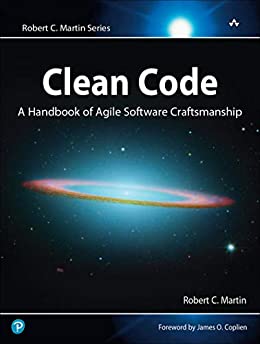
Clean Code is divided into three parts. The first describes the principles, patterns, and practices of writing clean code. The second part consists of several case studies of increasing complexity. Each case study is an exercise in cleaning up code–of transforming a code base that has some problems into one that is sound and efficient.
The third part is the payoff: a single chapter containing a list of heuristics and “smells” gathered while creating the case studies. The result is a knowledge base that describes the way we think when we write, read, and clean code.
- Author: Martin Robert C.
- Buy: Click here to buy now.
- Price: Rs. 930
10. The Self-Taught Computer Scientist
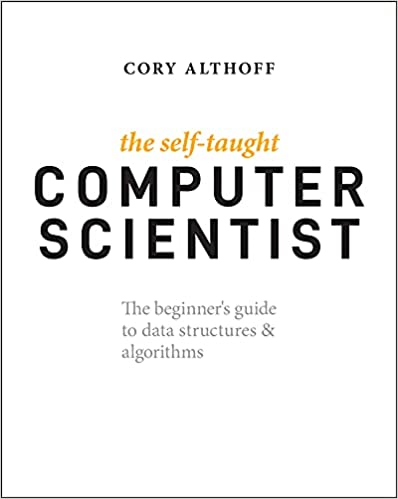
The Self-Taught Computer Scientist introduces beginner and self-taught programmers to computer science fundamentals that are essential for success in programming and software engineering fields. Computer science is a massive subject that could cover an entire lifetime of learning.
This book does not aim to cover everything you would learn about if you went to school to get a computer science degree. Instead, Cory’s goal is to give you an introduction to some of the most important concepts in computer science that apply to a programming career.
With a focus on data structures and algorithms, The Self-Taught Computer Scientist helps you fill gaps in your knowledge, prepare for a technical interview, feel knowledgeable and confident on the job, and ultimately, become a better programmer.
- Author: Cory Althoff
- Buy: Click here to buy now.
11. The Computer Science Book: A Complete Introduction

Learn the computer science foundations you need to jump start your career. Ten chapters covering all the career-essential topics. Become confident in computer architecture, networking, databases and much more. Perfect for beginners, self-taught developers, bootcamp graduates and anyone who wants to really understand how computers work.
Ten concise chapters covering the essential computer science topics. Each one functions both as a standalone introduction and a launch pad for further, independent study.
- Author: Thomas Johnson
- Buy: Click here to buy now.
12. The Chip: How Two Americans Invented the Microchip and Launched a Revolution

Barely fifty years ago a computer was a gargantuan, vastly expensive thing that only a handful of scientists had ever seen. The world’s brightest engineers were stymied in their quest to make these machines small and affordable until the solution finally came from two ingenious young Americans.
Jack Kilby and Robert Noyce hit upon the stunning discovery that would make possible the silicon microchip, a work that would ultimately earn Kilby the Nobel Prize for physics in 2000.
In this completely revised and updated edition of The Chip, T.R. Reid tells the gripping adventure story of their invention and of its growth into a global information industry. This is the story of how the digital age began.
- Author: T.R. Reid
- Buy: Click here to buy now.
- Price: Rs. 690
13. The Innovators: How a Group of Hackers, Geniuses, and Geeks Created the Digital Revolution
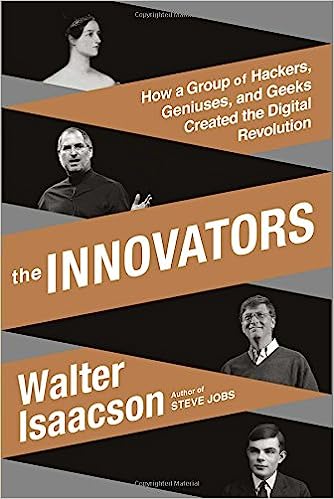
Following his blockbuster biography of Steve Jobs, The Innovators is Walter Isaacson’s revealing story of the people who created the computer and the Internet. It is destined to be the standard history of the digital revolution and an indispensable guide to how innovation really happens.
- Author: Walter Isaacson
- Buy: Click here to buy now.
- Price: Rs. 999
14. Everything You Need to Know to Ace Computer Science and Coding

The Big Fat Notebook series is built on a simple and irresistible conceit & borrowing the notes from the smartest kid in class. Each book in the series meets Common Core State Standards, Next Generation Science Standards, and state history standards, and are vetted by National and State Teacher of the Year Award-winning teachers. They make learning fun and are the perfect next step for every kid who grew up on Brain Quest.
- Author: Workman Publishing
- Buy: Click here to buy now.
- Price: Rs. 1339
15. A Programmer’s Guide to Computer Science

The author, a senior developer at a major software company with a PhD in computer science, takes you through what you would have learned while earning a four-year computer science degree.
- Author: Dr. William Springer
- Buy: Click here to buy now.
16. C Programming Absolute Beginner’s Guide
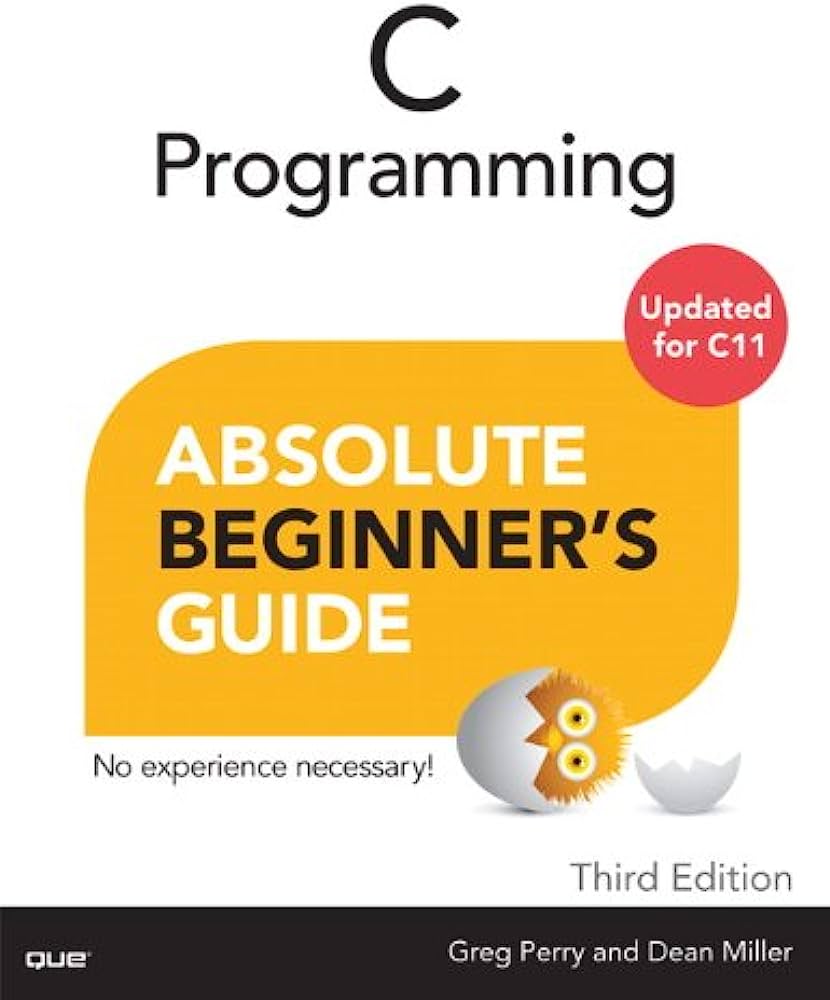
Write powerful C programs…without becoming a technical expert! This book is the fastest way to get comfortable with C, one incredibly clear and easy step at a time. You’ll learn all the basics: how to organize programs, store and display data, work with variables, operators, I/O, pointers, arrays, functions, and much more. C programming has never been this simple!
- Author: Greg Perry
- Buy: Click here to buy now.
17. The Pragmatic Programmer

For twenty years, the lessons from The Pragmatic Programmer have helped a generation of programmers examine the very essence of software development, independent of any particular language, framework, or methodology.
This classic title is regularly featured on “Top Ten” lists, and many corporations issue it to their new hires. This new 20th Anniversary Edition offers a fresh look at the modern development landscape, cutting through the “business as usual” and tired advice from the net to help guide you through the next twenty years and beyond.
- Author: Andrew Hunt
- Buy: Click here to buy now.
- Price: Rs. 750
18. The Search: How Google and Its Rivals Rewrote the Rules of Business and Transformed Our Culture

What does the world want? According to John Battelle, a company that answers that question—in all its shades of meaning—can unlock the most intractable riddles of business and arguably of human culture itself. And for the past few years, that’s exactly what Google has been doing.
But The Search offers much more than the inside story of Google’s triumph. It’s a big-picture book about the past, present, and future of search technology and the enormous impact it’s starting to have on marketing, media, pop culture, dating, job hunting, international law, civil liberties, and just about every other sphere of human interest.
- Author: John Battele
- Buy: Click here to buy now.
19. Programming Collective Intelligence

Want to tap the power behind search rankings, product recommendations, social bookmarking, and online matchmaking? This fascinating book demonstrates how you can build Web 2.0 applications to mine the enormous amount of data created by people on the Internet.
With the sophisticated algorithms in this book, you can write smart programs to access interesting datasets from other web sites, collect data from users of your own applications, and analyze and understand the data once you’ve found it.
Programming Collective Intelligence takes you into the world of machine learning and statistics, and explains how to draw conclusions about user experience, marketing, personal tastes, and human behavior in general–all from information that you and others collect every day. Each algorithm is described clearly and concisely with code that can immediately be used on your web site, blog, Wiki, or specialized application.
- Author: Toby Segaran
- Buy: Click here to buy now.
20. Machine Learning for Hackers: Case Studies and Algorithms to Get You Started

If you’re an experienced programmer interested in crunching data, this book will get you started with machine learningóa toolkit of algorithms that enables computers to train themselves to automate useful tasks. Authors Drew Conway and John Myles White help you understand machine learning and statistics tools through a series of hands-on case studies, instead of a traditional math-heavy presentation.
- Author: Drew Conway and John Myles White
- Buy: Click here to buy now.
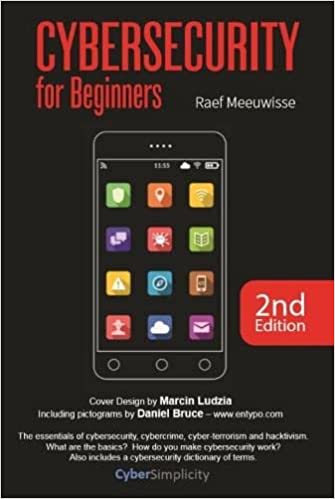
This book provides an easy insight into the essentials of cybersecurity, even if you have a non-technical background. You may be a business person keen to understand this important subject area or an information security specialist looking to update your knowledge.
- Author: Raef Meeuwisse
- Buy: Click here to buy now.
